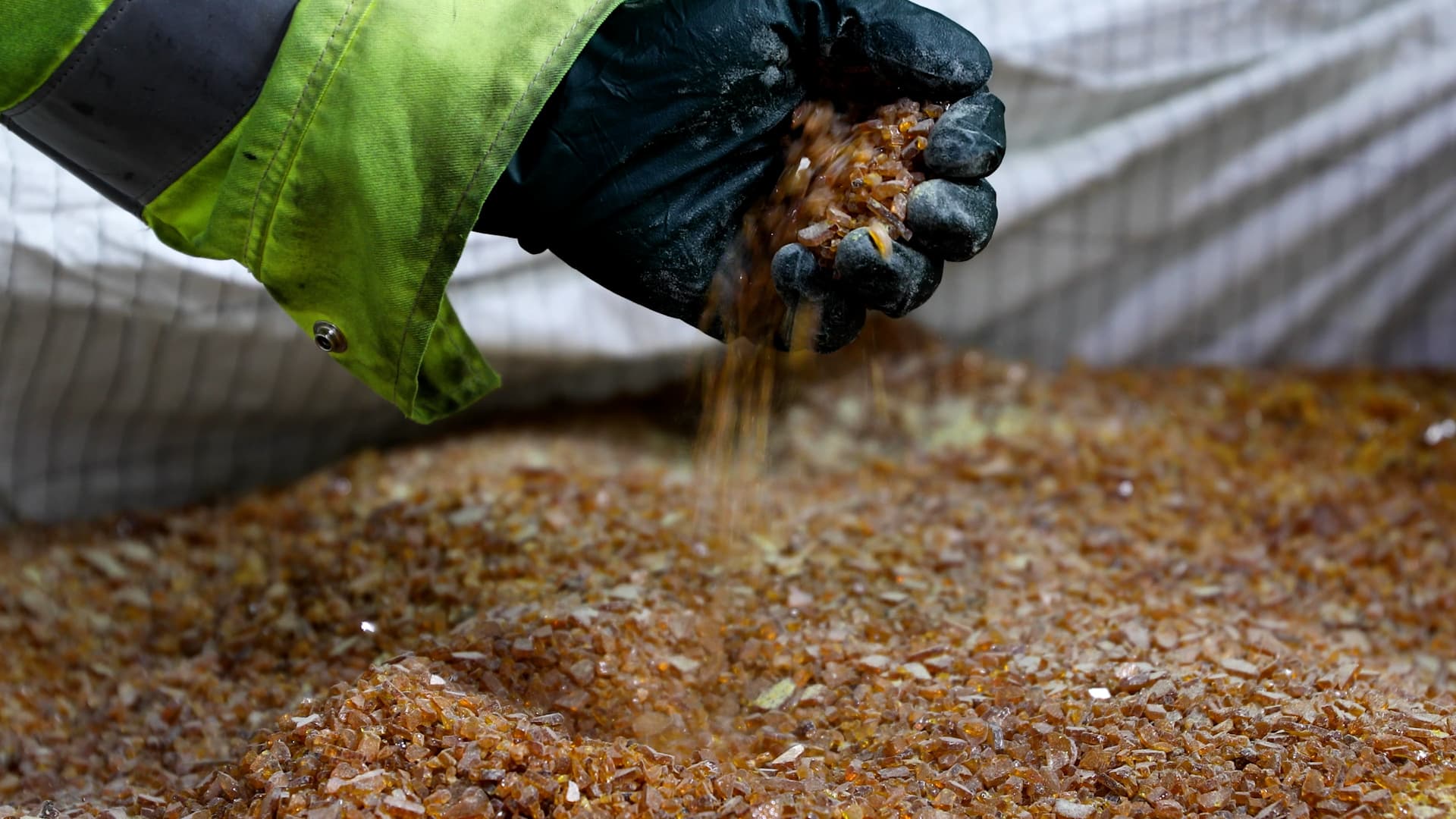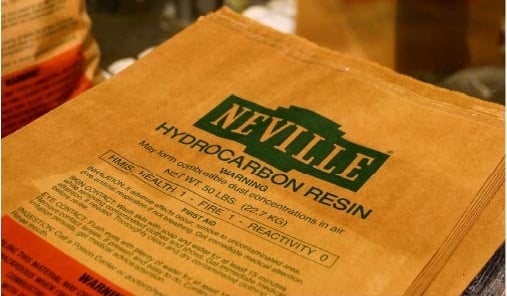

Our research team would like to thank Dr. Howard Colvin for all of his efforts to co-author our recent paper in Rubber and Chemistry Technology Journal.
This exciting new article showcases our evaluation of a blend of resins and rubbers, the tools to analyze them and what that can mean to your tire tread formulation.
We’ve included an abstract below as well as a link to the full article on the American Chemical Society’s website.
https://meridian.allenpress.com/rct/article-abstract/doi/10.5254/RCT-D-23-00043/499621/COMPATIBILITY-STUDY-OF-HYDROCARBON-RESINS-WITH?redirectedFrom=fulltext
If you are interested in learning more, please reach out to the primary author, Dr. Liwei Yu.
ABSTRACT
The addition of hydrocarbon resins to rubber compounds has a significant impact on their properties such as wet grip and rolling resistance. These performance characteristics have a strong correlation with the compatibility of the resin with the rubber matrix. Incompatible resins can cause excessive broadening of the damping curve, which results in poor rolling resistance. Compatibility, however, allows maximization of wet grip while minimizing the effect on rolling resistance. Compatibility is promoted by lower resin molecular weight and structural similarity to the polymers being blended. In this study, a method based on the Fox equation has been developed to quantitatively characterize the compatibility between resin and natural rubber (NR), a binary system. The dynamic shear rheometer (DSR), a tool new to the tire industry, is used to investigate the interaction between resin and two rubbers (i.e., a ternary system of NR–butadiene rubber [BR]–resin and solution polymerized styrene–butadiene rubber [SSBR]–butadiene rubber [BR]–resin), with a specific emphasis on resin partitioning among rubber blends. In addition, the DSR is applied to assess the Tg shift and tangent delta peak height, providing insight into the compatibility between rubbers and resin. A curve-fitting model was developed for the SSBR–BR–resin system to depict the relationship between these two parameters and the physical and chemical properties of resins, with the selection of resins featuring different degrees of aromaticity, Tg, and molecular weight. The findings indicated that higher Tg increased aromaticity and that lower molecular weight of the resin resulted in an elevated Tg shift in the blend, while lower molecular weight led to an increase in the tangent delta peak height. Our findings supply insight into the performance of rubber–resin blends and introduce a new screening tool for characterizing these blends in their green state.
Citation
Liwei Yu, Howard Colvin, Joseph J. Rosmus, Timothy E. Calabrese, Louis A. Benvenuti; COMPATIBILITY STUDY OF HYDROCARBON RESINS WITH RUBBER COMPOUNDS FOR TIRE APPLICATIONS. Rubber Chemistry and Technology 2024; doi: https://doi.org/10.5254/RCT-D-23-00043



Copyright © 1999-2025 Neville Chemical - All Rights Reserved.
Copyright © 2025 Neville Chemical
All Rights Reserved.